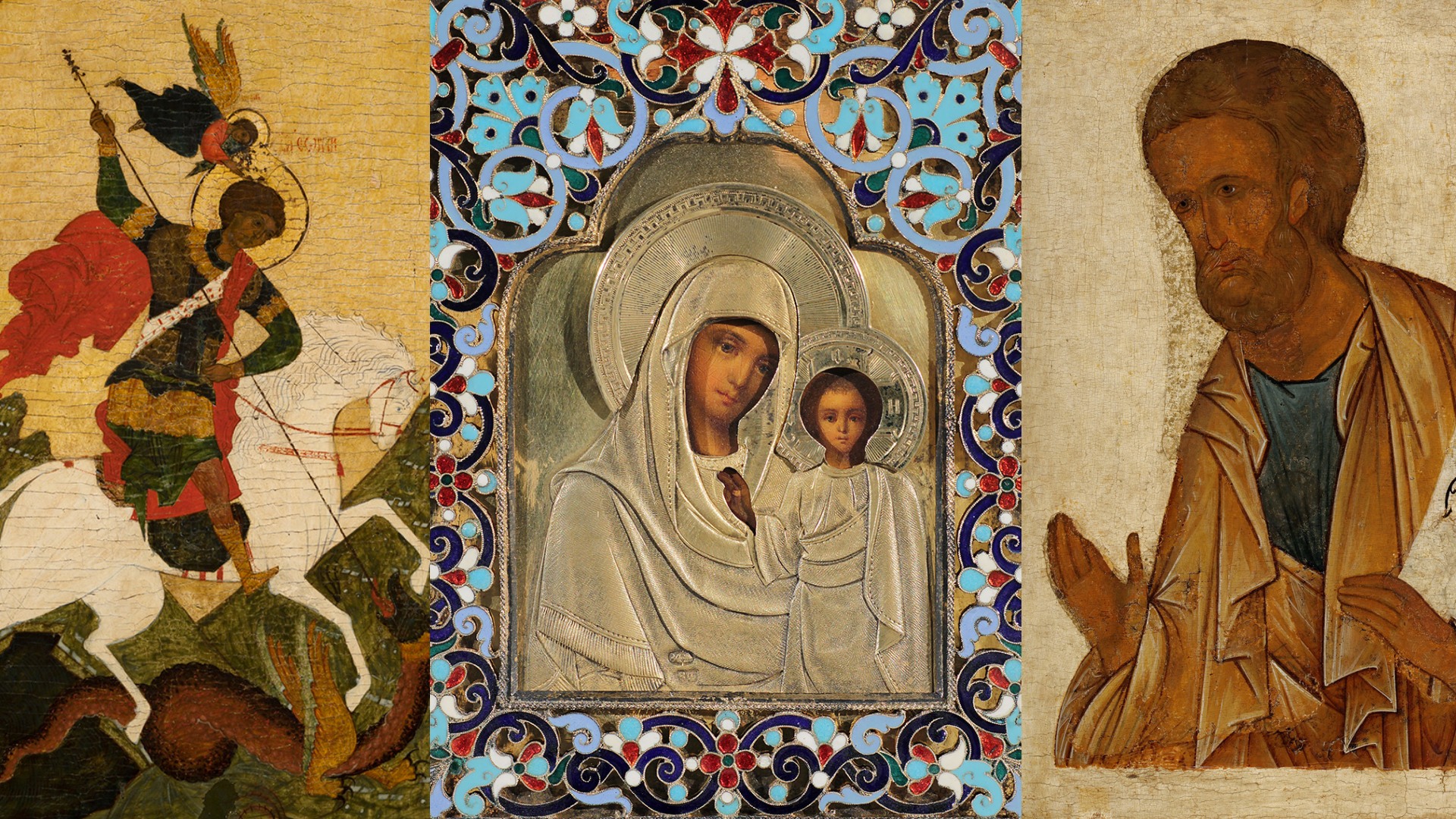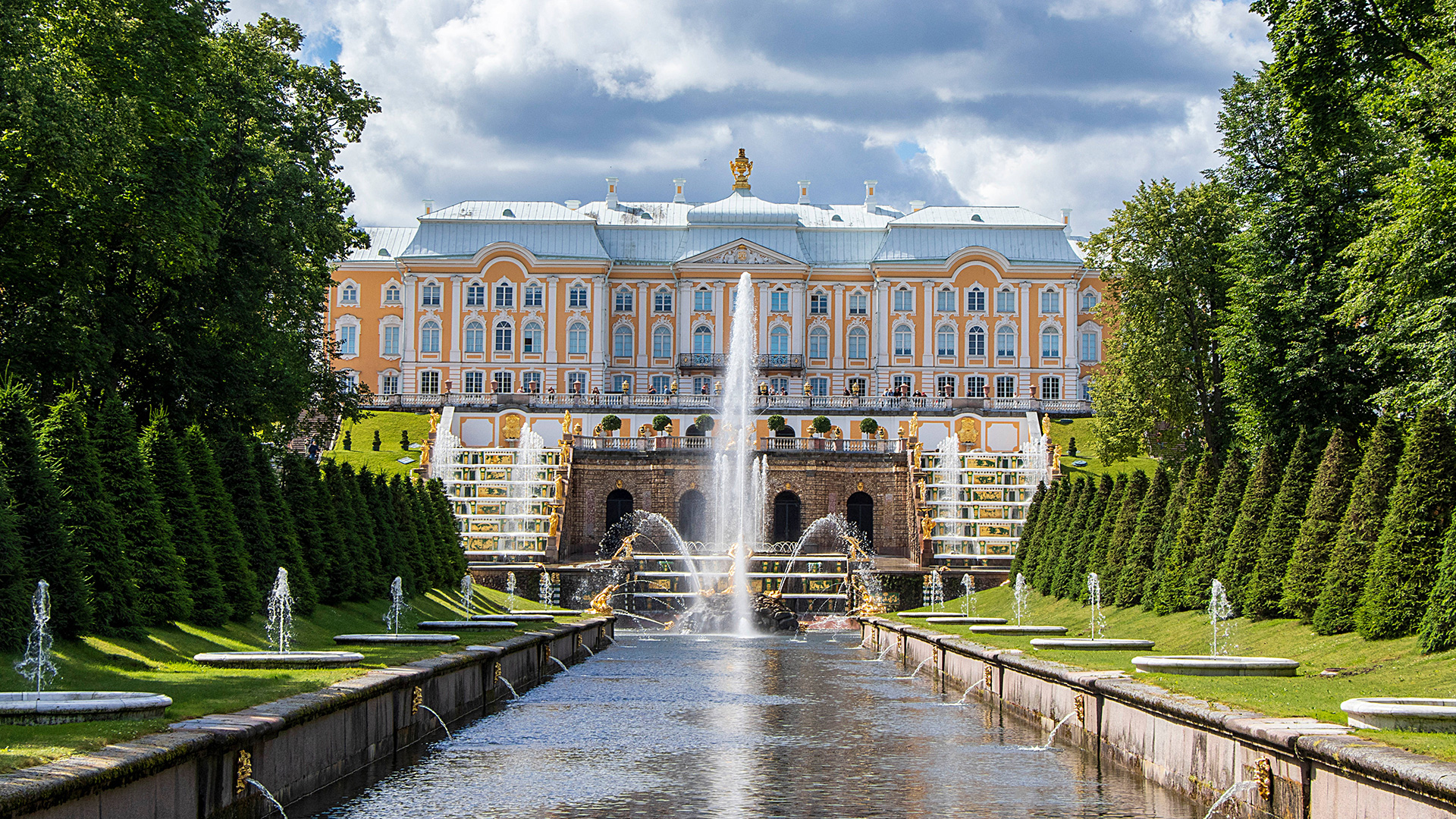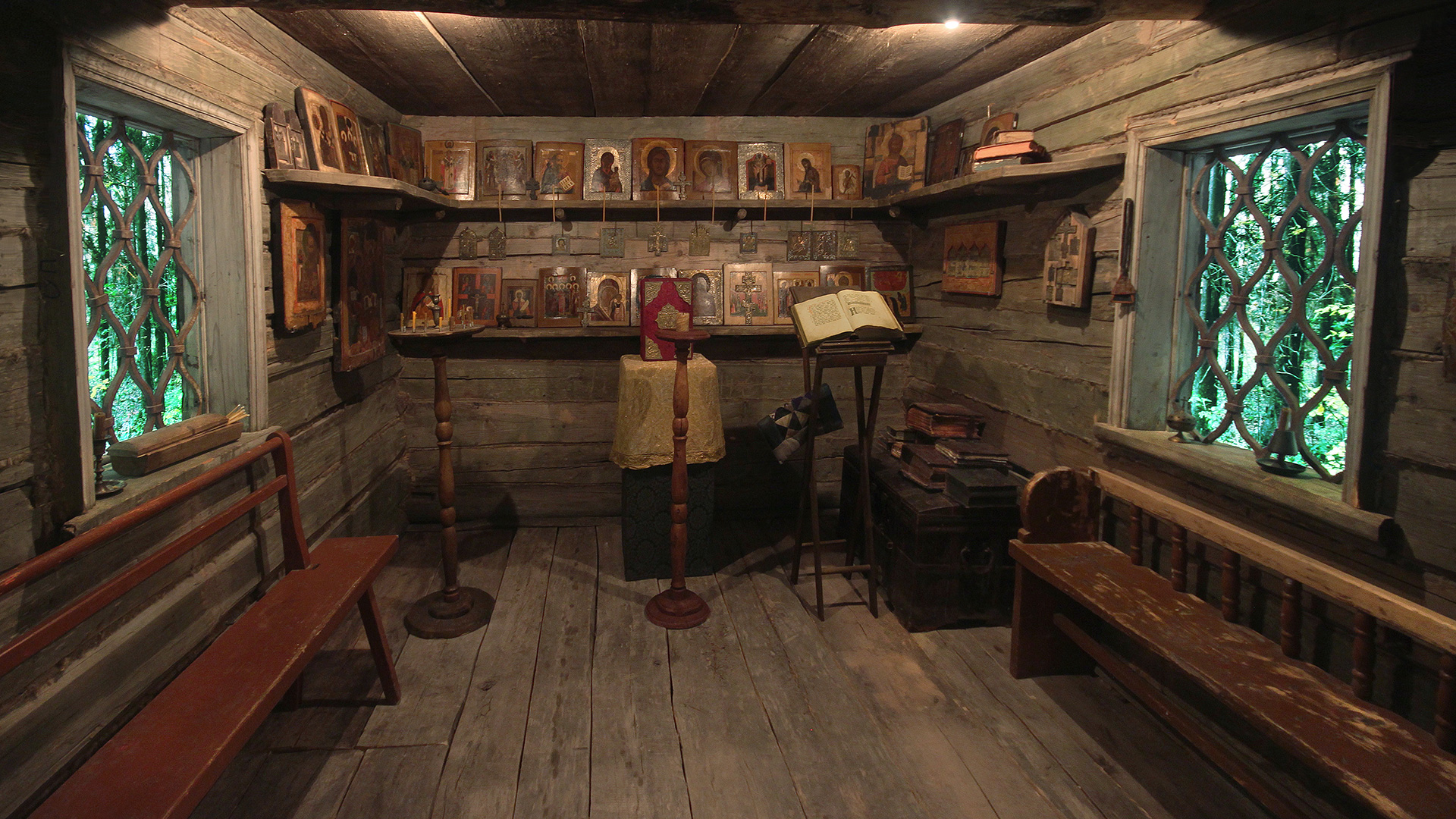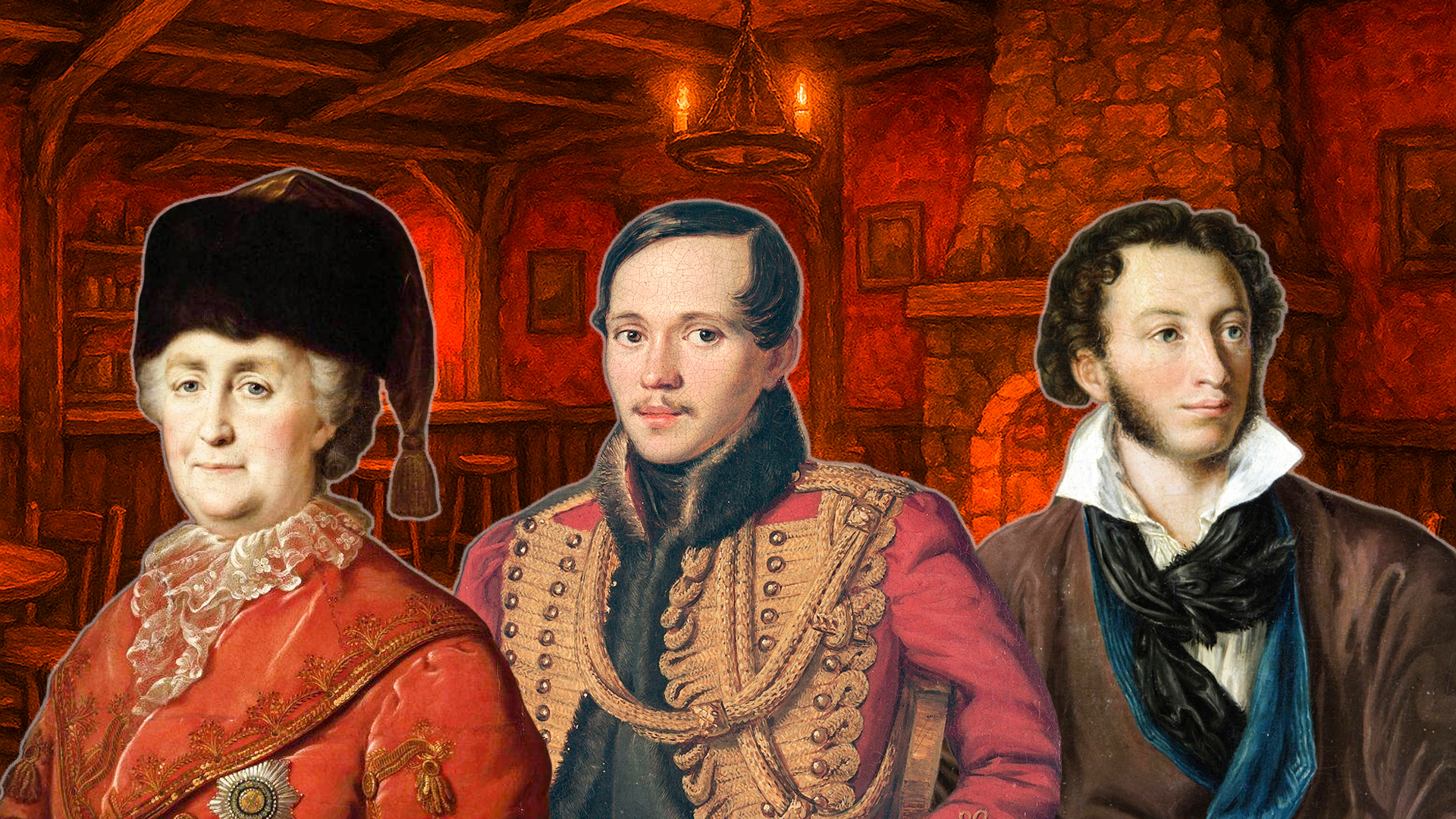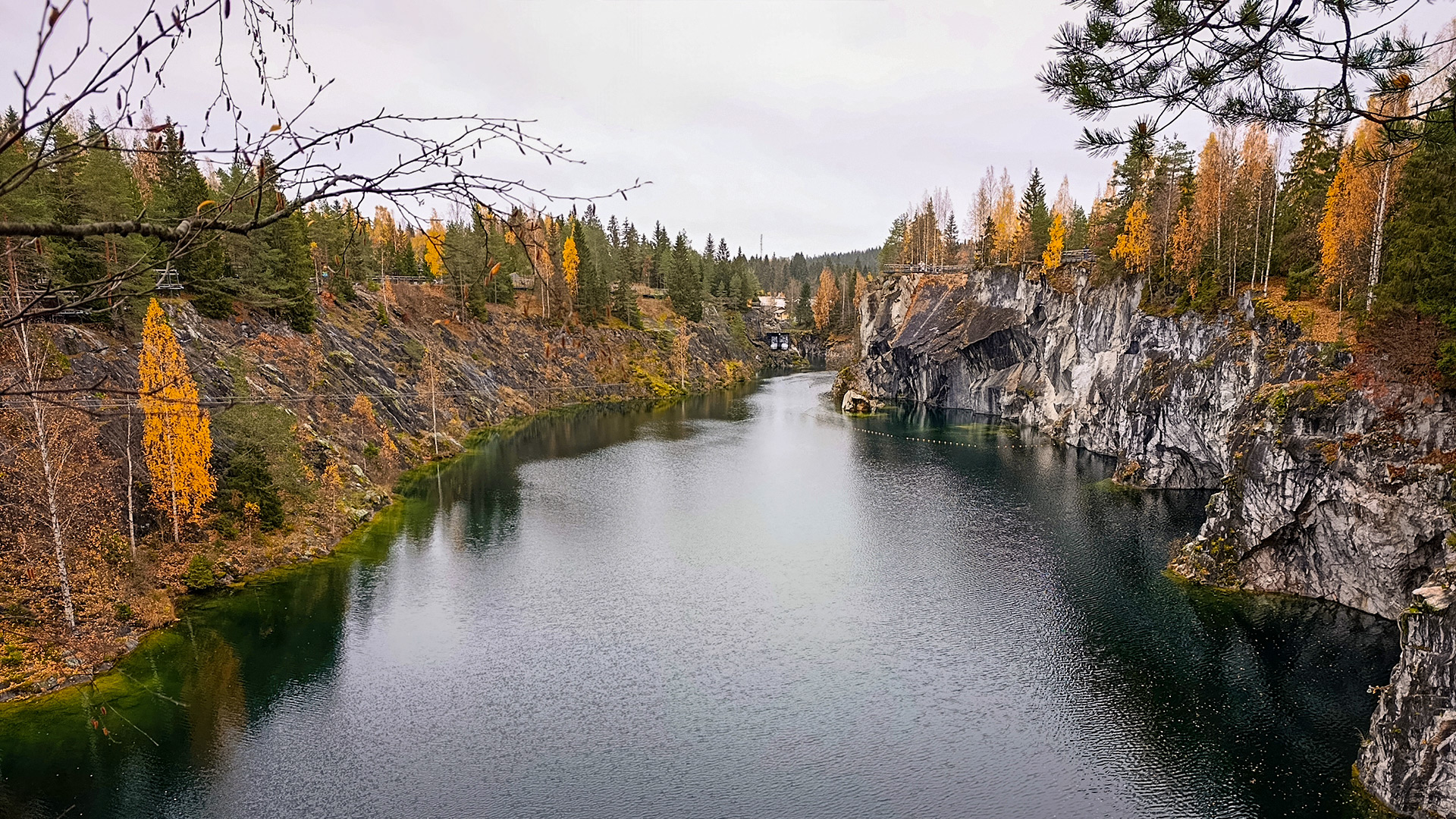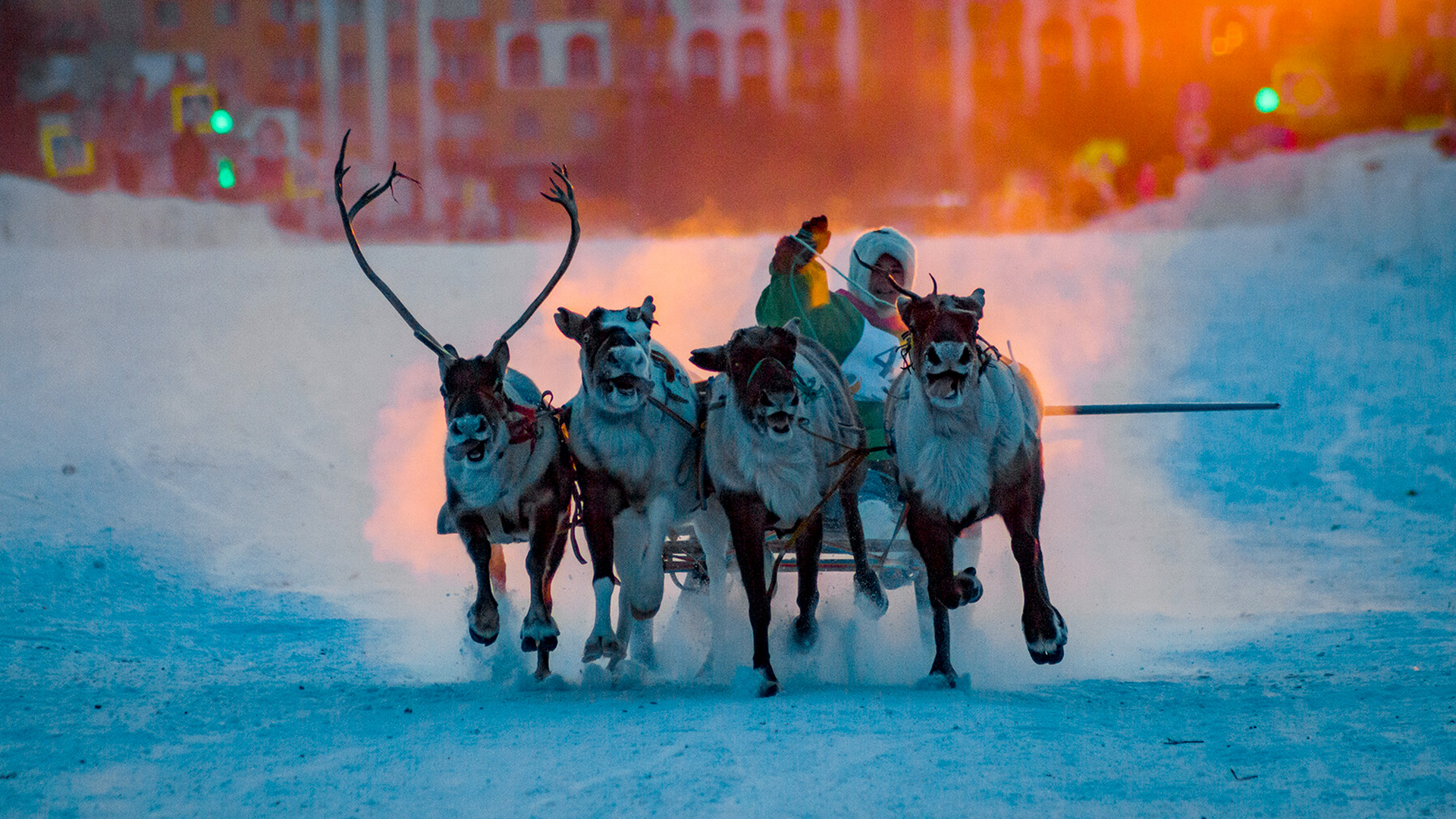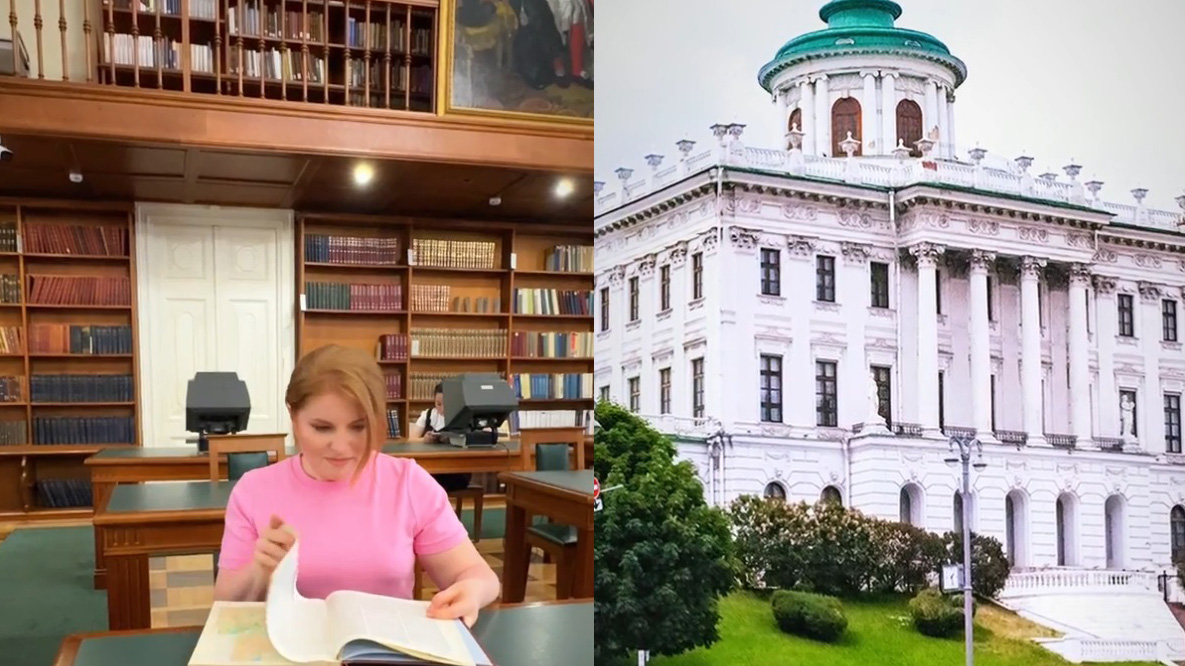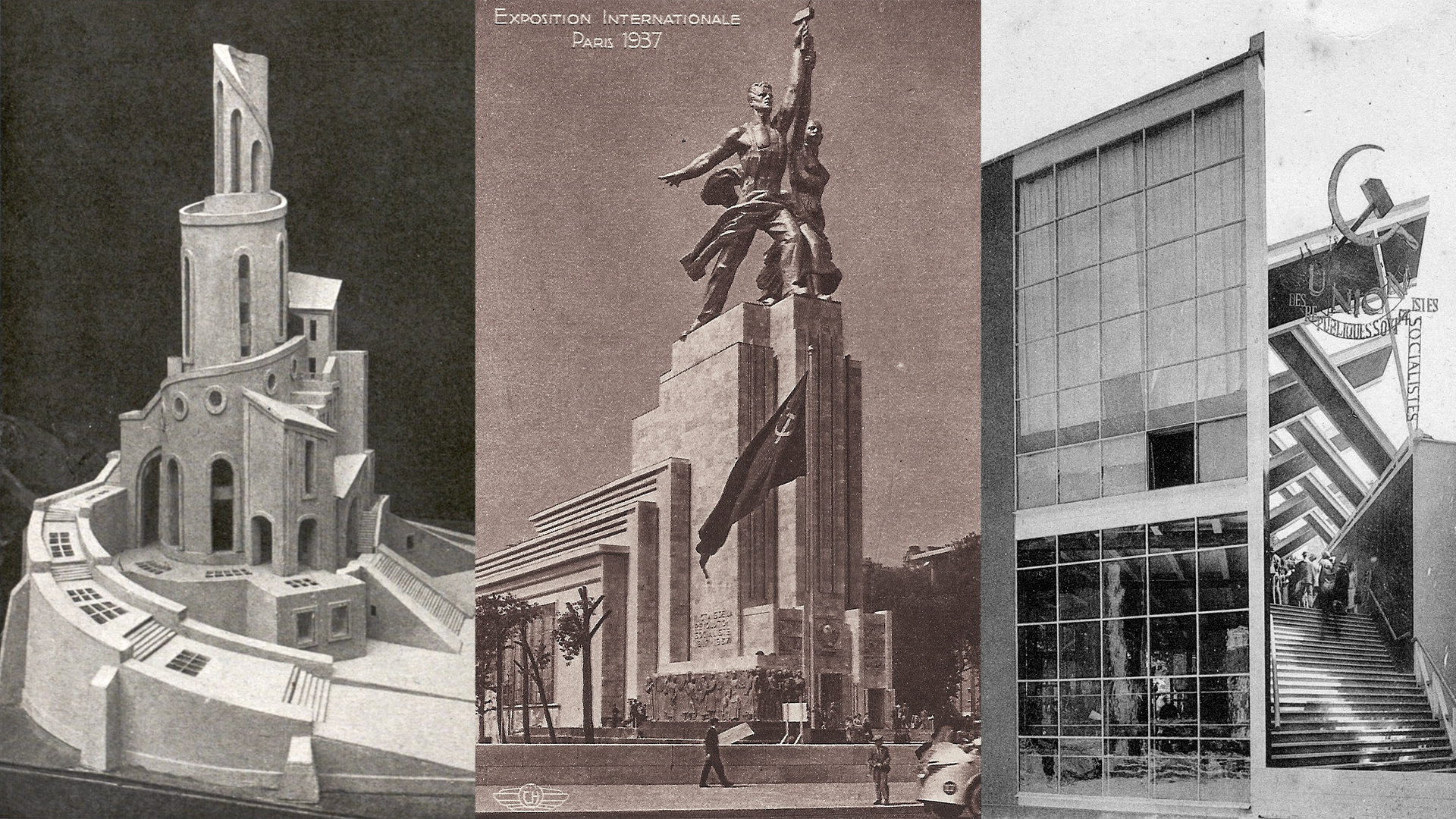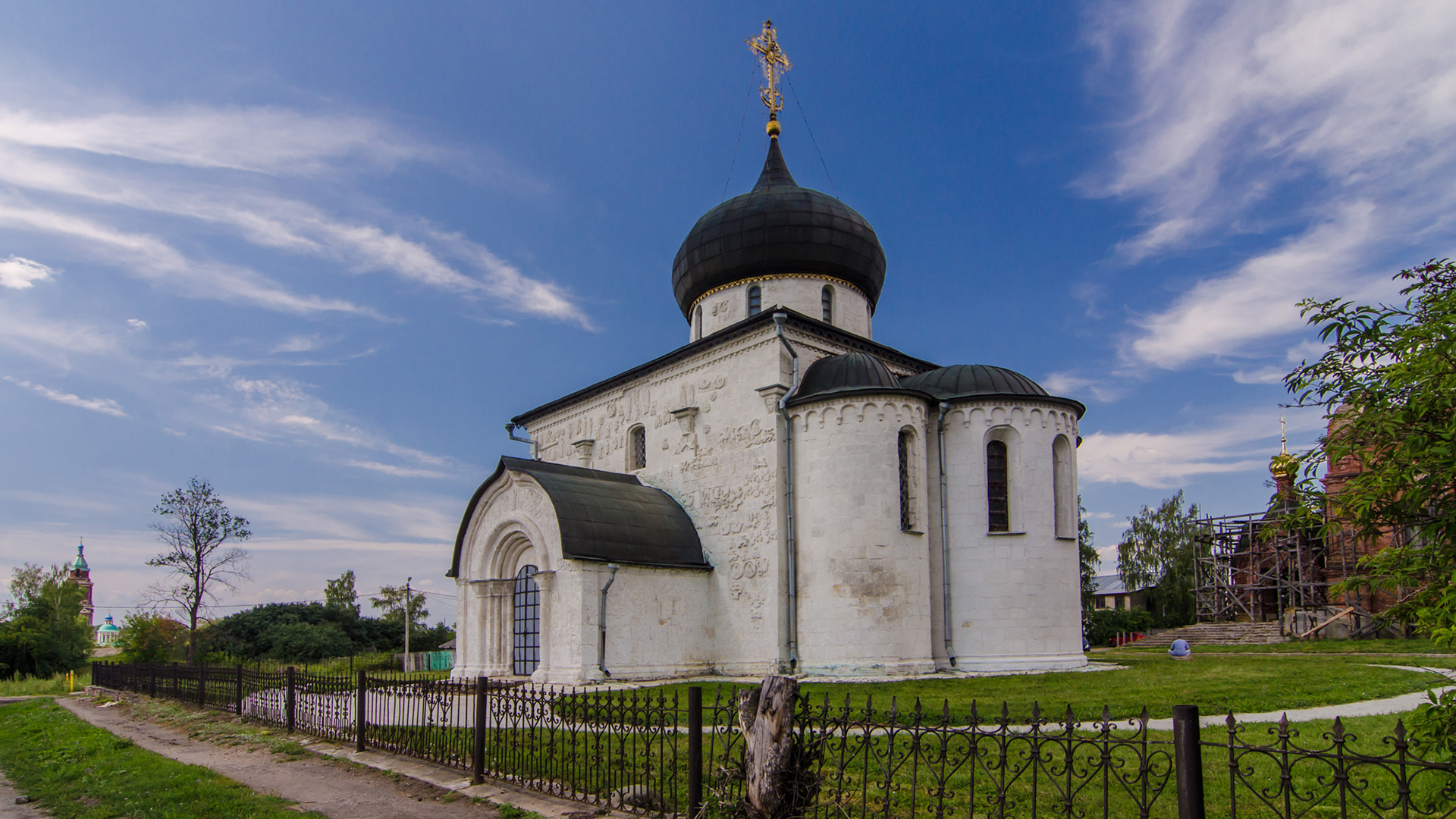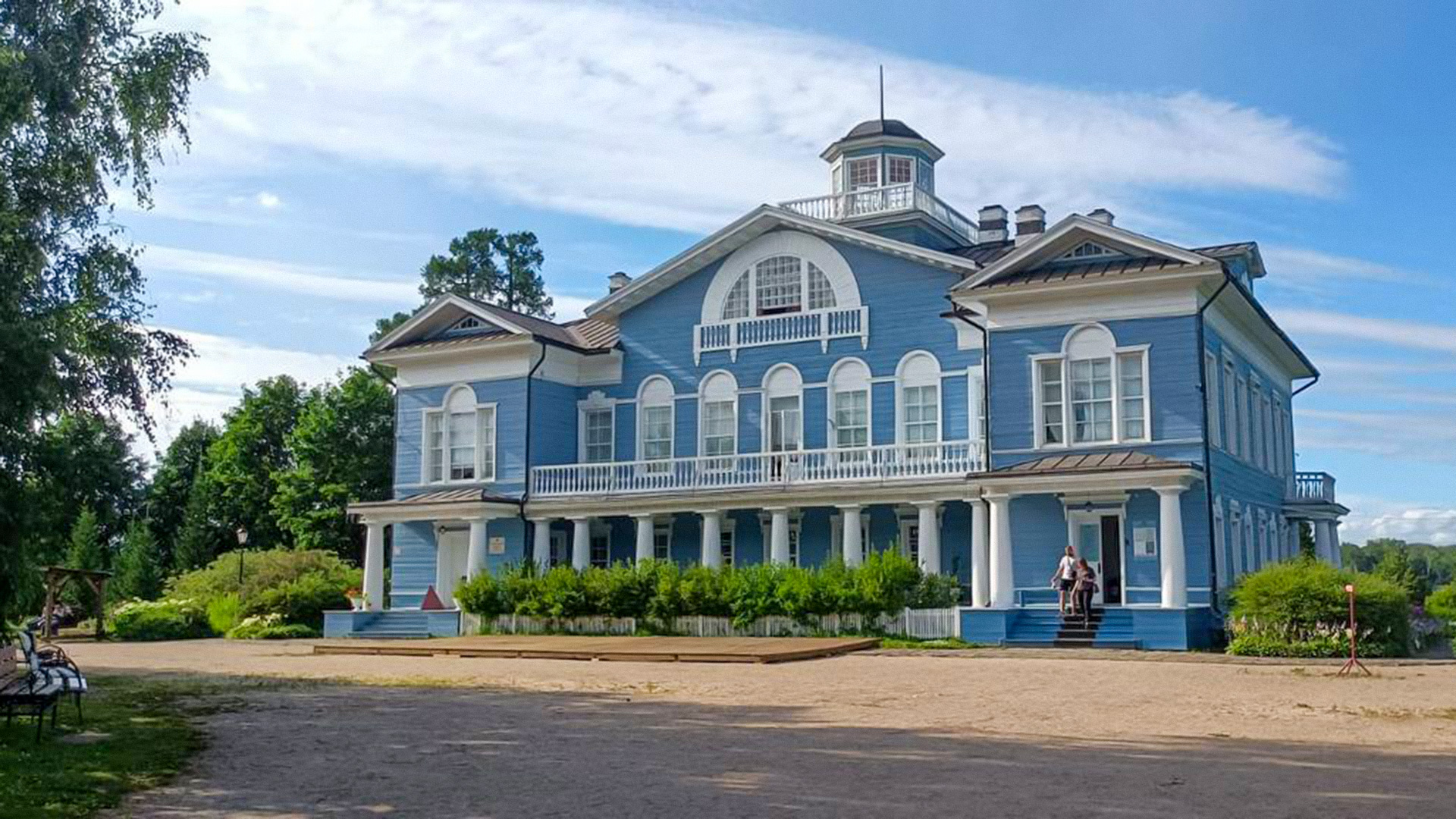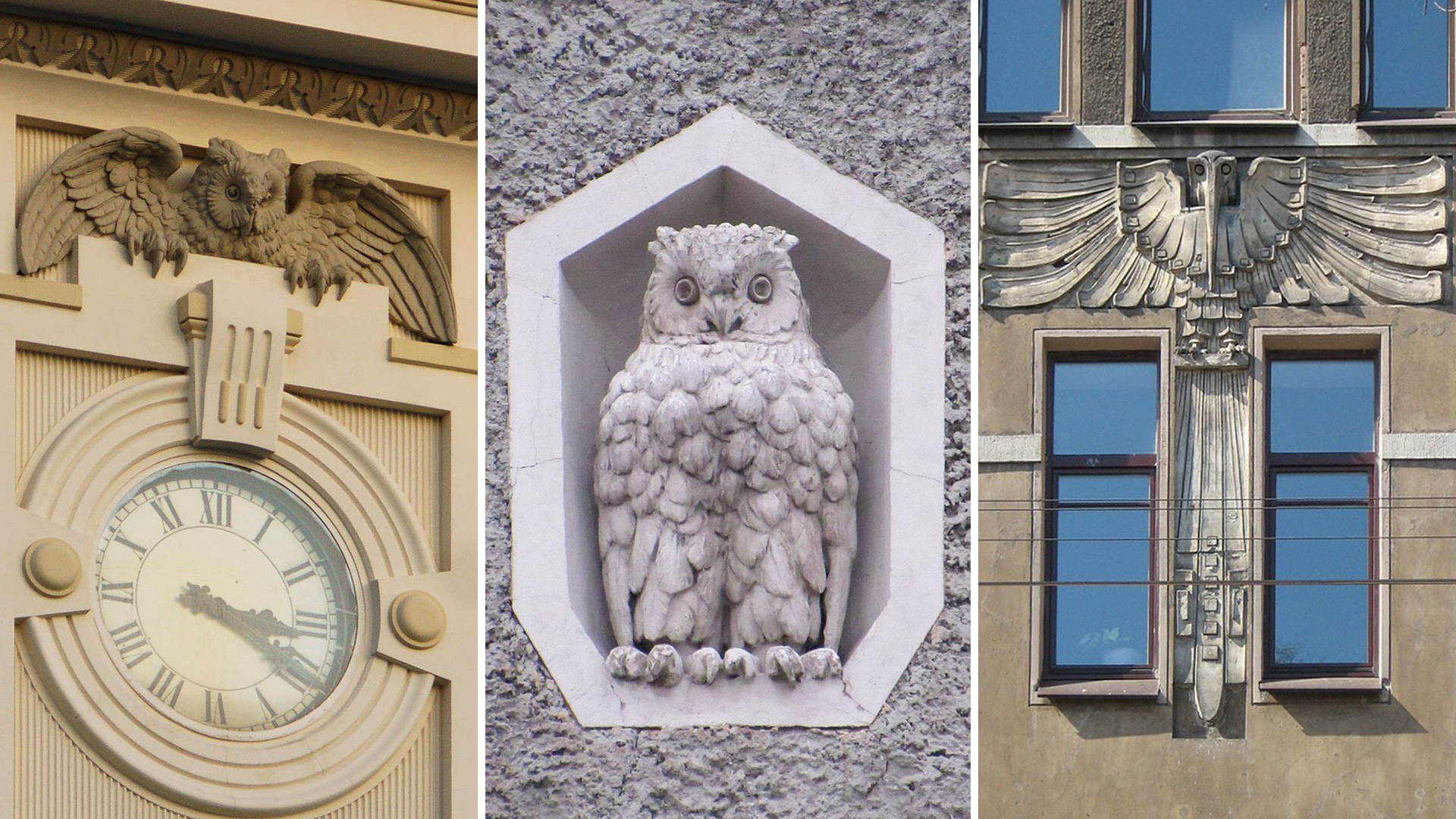
5 facts about the largest datsan in Tsarist Russia (PHOTOS)

1. The first Buddhist temple in Europe
The Gunzechoinei datsan appeared in St. Petersburg thanks to Buryat lama Agvan Dorzhiev. In 1900, Emperor Nicholas II approved the construction of the temple, saying that, from now on, Buddhists in Russia would be under the protection of the double-headed eagle. Fifteen years later, the datsan opened to worshipers.

It was built according to the design of the architect Gavriil Baranovsky, in which he combined the traditions of classical Tibetan and Buryat temples and northern Art Nouveau. The location was chosen near the Bolshaya Nevka – the proximity to the water set a meditative mood and contributed to enlightenment. By the way, the name of the datsan is translated as: "The source of the holy teaching of the All-Compassionate".
Upon completion, the St. Petersburg datsan became the first Buddhist temple in Europe. And also the most expensive. Its facade is made out of reddish-purple Gangut granite, for which it received the nickname ‘Amethyst’.
2. Decorated with stained glass windows based on sketches by Nicholas Roerich

The famous Russian artist decorated the second floor of the datsan. The stained glass windows, created according to his sketches, depict eight sacred symbols of Buddhism – a goldfish, a lotus flower, a twisted shell, an endless knot, an umbrella, a precious vessel, a standard and an eight-spoked Dharma wheel.
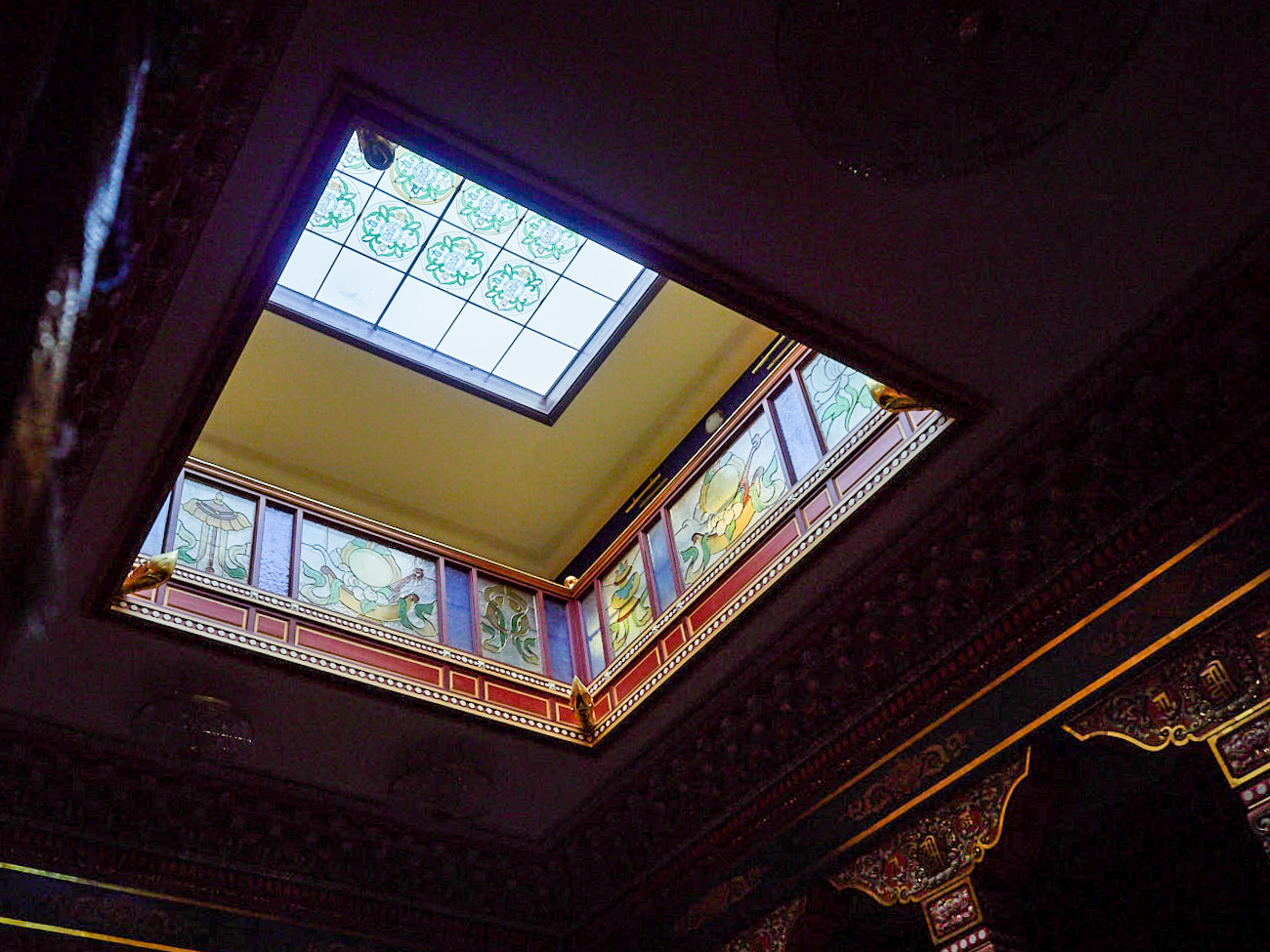

3. The Buddha statue shines on the day of the winter solstice

The Buddha statue was given to the temple by the King of Siam Rama VI in 1913. After the 1917 Bolshevik Revolution, the temple was completely looted and the shrines were not spared. According to a legend, the attackers could not move the heavy figure and thought that the monks had hidden treasures in it. Finally, when they managed to knock the statue off the pedestal, the robbers saw that it was empty - and threw the broken fragments into a pond near the datsan.

In 1994, a new five-meter gilded figure of Buddha Shakyamuni was installed in the temple. Once a year, on the day of the winter solstice, it is illuminated with a “golden” light: the sun's rays, passing through the stained glass windows, illuminate the statue.
4. Considered the northernmost datsan in the world

For an entire century, the St. Petersburg datsan was considered the northernmost in the world. However, in 2014, it had to give up its title to an open temple in Yakutia.
5. Here you can try Buryat cuisine

The entrance to the temple is guarded by stone lions and various figures and objects are installed on the territory of the datsan – prayer drums, a large Baypur incense burner with a figure of a snow lion on the lid.

Lamas and novices conduct tours of the temple. But, in addition to spiritual food, you can also get some physical nourishment here. There is a cafe at the temple where you can try some Buryat cuisine. For example, steamed hearty ‘buuzy’ or ‘pozy’ with meat, and delicious ‘khushurs’.


